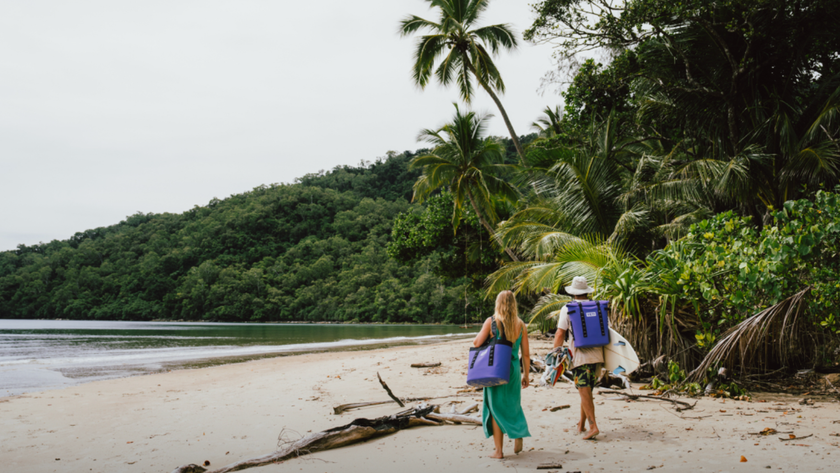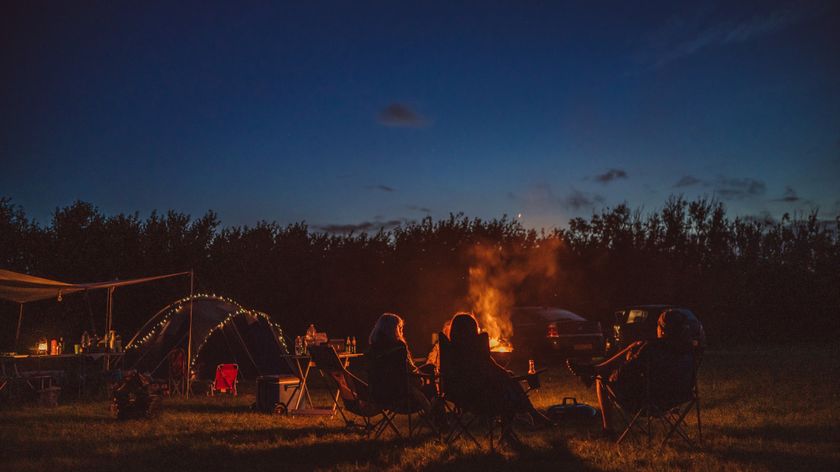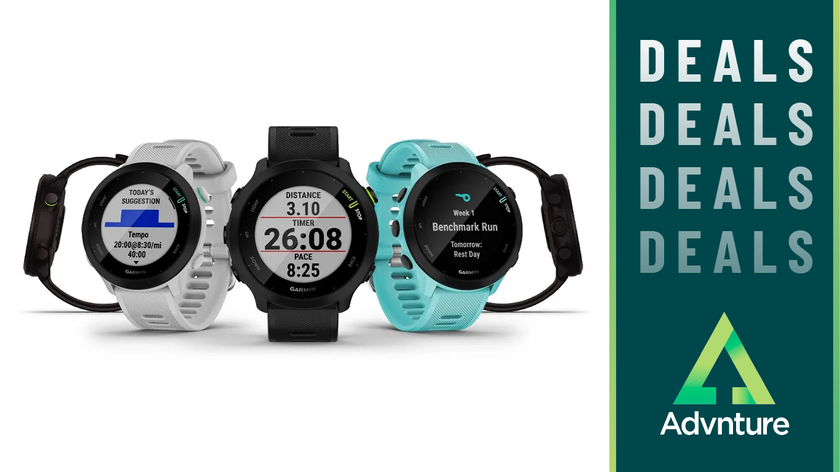Grab your headlamp and hit the trails – Strava's expanded heat mapping tool now lets you join nocturnal fun with confidence
Strava's heat mapping now lets you see the busiest trails between sunset and sunrise
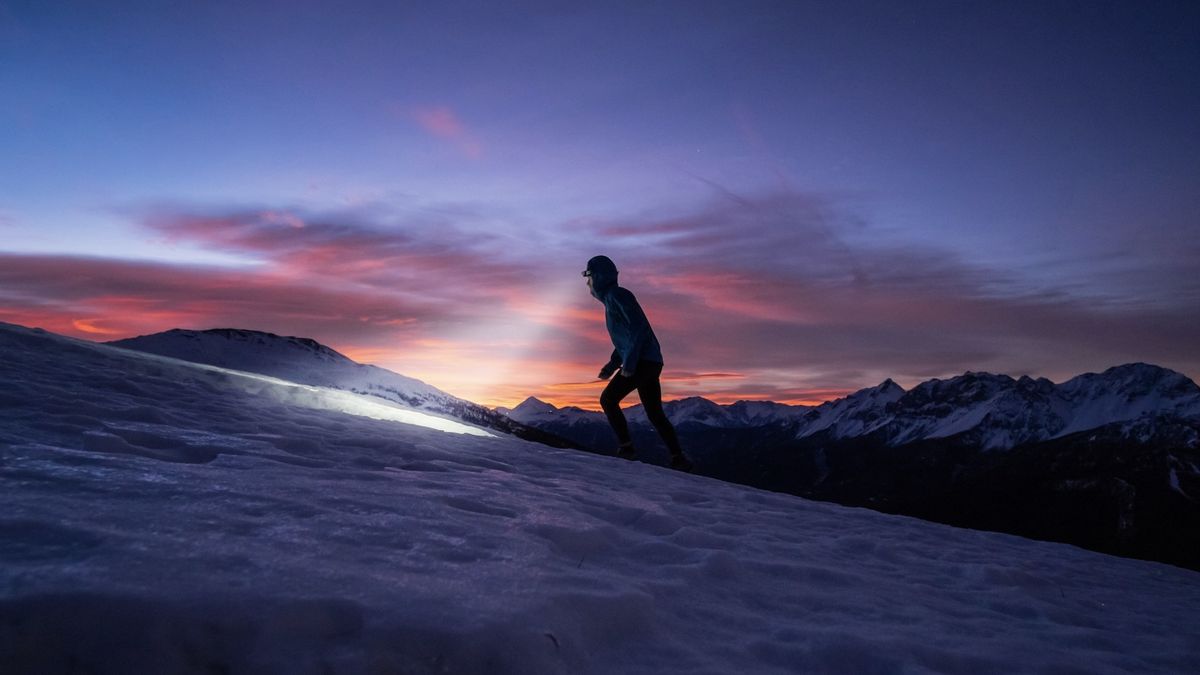
Do you want to keep running through the winter but are worried about safety? Or perhaps you're finding your after-work route a little too busy for your liking? Either way, there's good news as Strava just updated its heat mapping technology with two new tools to help you choose your routes carefully as the seasons change.
“Our global community powers our heatmaps and now we've made it easier for our community members to build routes with confidence, regardless of the season or time of day,” says Matt Salazar, Strava’s chief product officer.
The fitness app announced yesterday that its 135 million users now have access to Night Heatmaps, which shows heat from activities recorded from sunset to sunrise.
This update allows you to pick well-traveled routes for safety if you're running alone, or avoid busy corridors if you want some peace and quiet – whatever your preference, just make sure you bring a running headlamp and wear running gear with reflective details to make yourself visible.
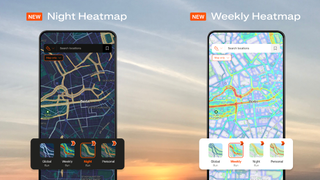
Meanwhile, the Weekly Heatmap shows recent heat from activities recorded over the last seven days. During seasonal transitions and nasty weather, this helps you figure out what trails are closed or difficult to access to help you pick a different route or bring winter gear.
These two new tools come in addition to the existing Global Heatmap which is already available to all Strava users. Night and Weekly Heatmaps are available to subscribers and give you more refined insights into what spots are popular after-hours.
To access Night or Weekly Heatmaps on the Strava app or web, simply click on the Maps tab where you can also filter the heatmap by activity type if you want.
Advnture Newsletter
All the latest inspiration, tips and guides to help you plan your next Advnture!
What do I need to know before going running at night?
Running at night can be an excellent way to keep your outdoor adventures going through the dark winter months so you're in fighting shape when race season rolls back around, but there are differences to running during the day.
As we've mentioned, you'll want to bring a light source and make yourself visible – we love the Columbia OutDry Ex Lightweight Shell Jacket for this reason – but you'll also need some extra kit.
Even if you're not running far enough to need to carry liters of water, invest in a running vest with storage like the Silva Strive Light 5 and bring an extra base layer, running gloves and a hat as well as a first aid kit with an emergency blanket since short days also mean cold nights.
It's a good idea to run with a buddy, and no matter what, always tell someone where you are going. Learn more in our article on night running safety.
Julia Clarke is a staff writer for Advnture.com and the author of the book Restorative Yoga for Beginners. She loves to explore mountains on foot, bike, skis and belay and then recover on the the yoga mat. Julia graduated with a degree in journalism in 2004 and spent eight years working as a radio presenter in Kansas City, Vermont, Boston and New York City before discovering the joys of the Rocky Mountains. She then detoured west to Colorado and enjoyed 11 years teaching yoga in Vail before returning to her hometown of Glasgow, Scotland in 2020 to focus on family and writing.




